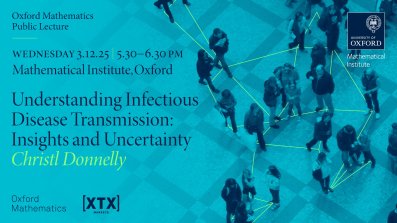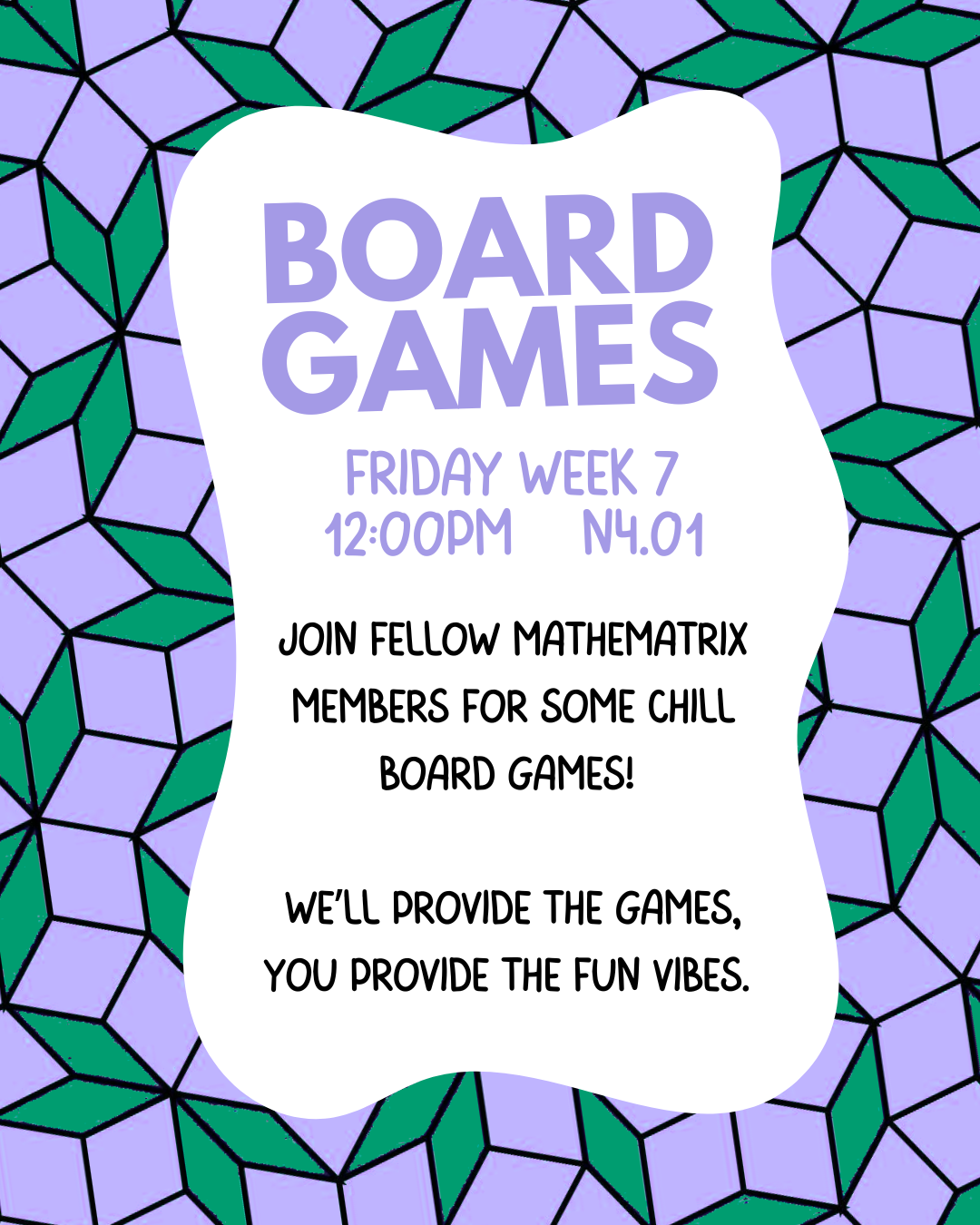Quasi-resonant collisions in kinetic theory and bi-temperature systems
Abstract
Some molecules exhibit a peculiar behavior during collisions, called resonant: they exchange separately kinetic and internal energies. If the molecules of a gas undergo only resonant collisions, the equilibrium distribution exhibits two distinct temperatures, a kinetic and an internal one. To account for more realistic scenarios, we consider ‘’quasi’’-resonant collisions, where a very tiny exchange between kinetic and internal energies is allowed. We propose a mathematical framework for the notion of quasi-resonance, which leads to a Boltzmann model where the distribution is known at all times, a two-temperature Maxwellian, and converges towards a one-temperature Maxwellian. With this feature at hand, we derive so-called Landau-Teller equations, allowing us to replace the complicated Boltzmann equation by a simple ODE system of two equations.



